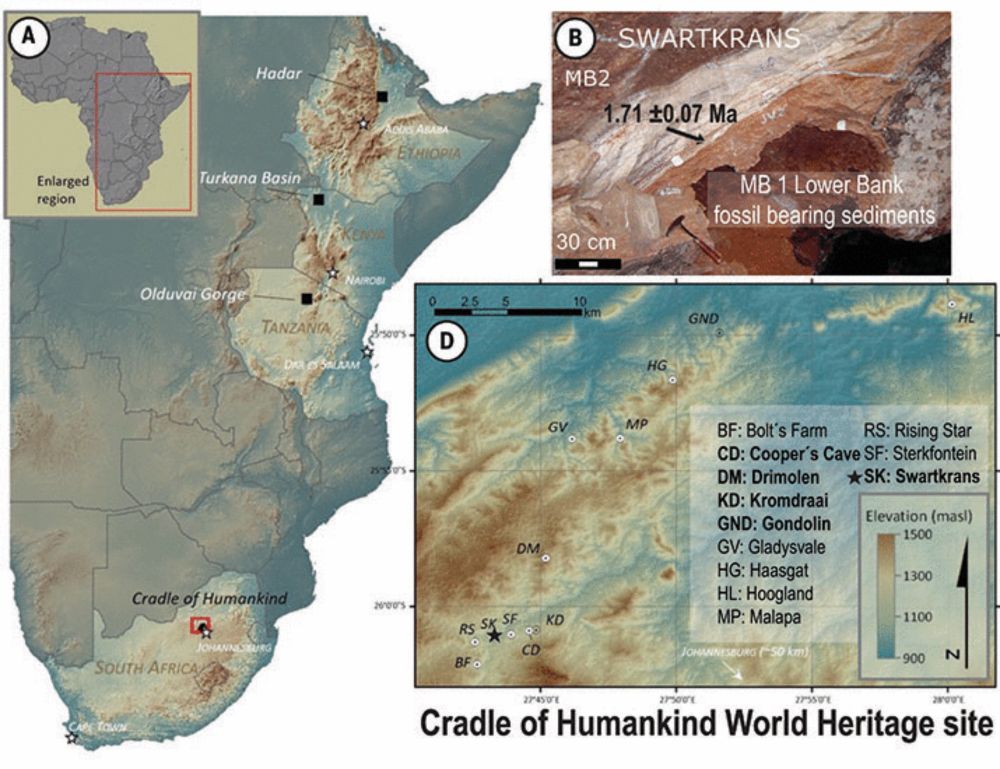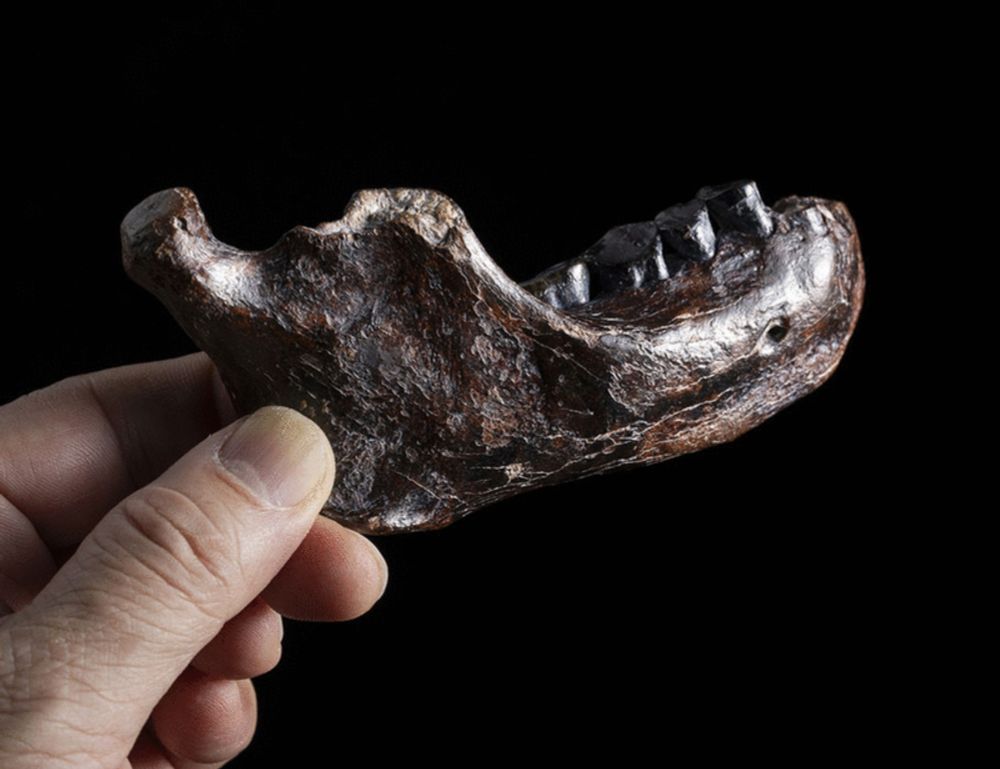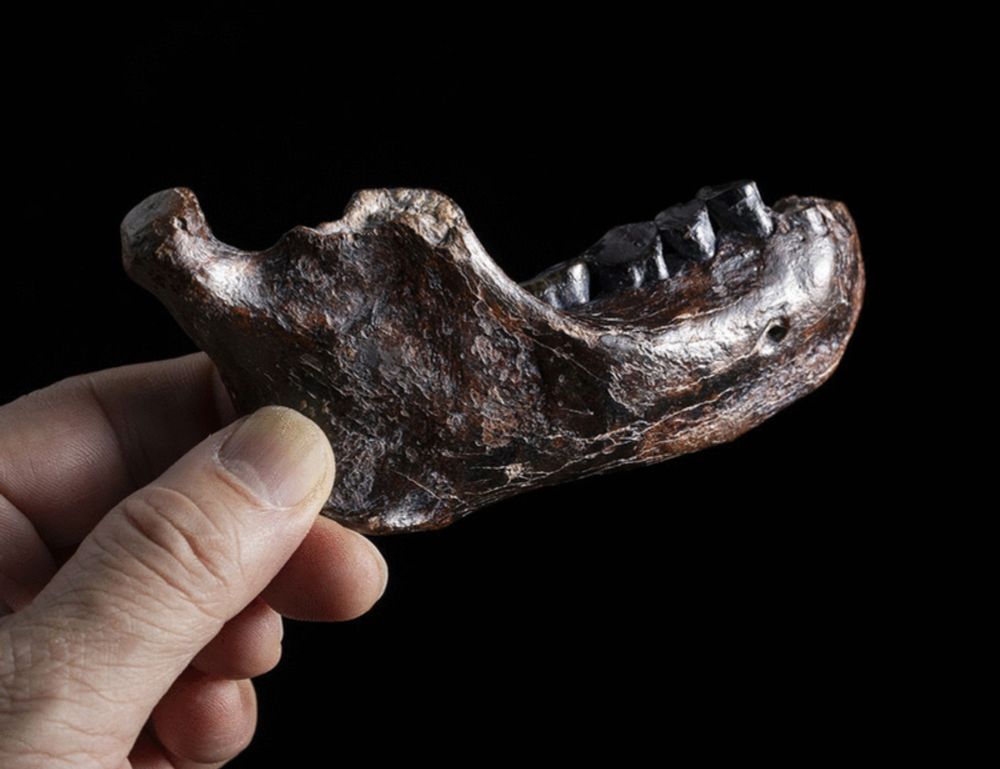Takumi Tsutaya
@tsutatsuta.bsky.social
180 followers
130 following
18 posts
Stable isotopes and palaeoproteomics
https://sites.google.com/view/tsuta/
Posts
Media
Videos
Starter Packs
Reposted by Takumi Tsutaya
Palesa
@palaeoprotpalesa.bsky.social
· May 29

Enamel proteins reveal biological sex and genetic variability in southern African Paranthropus
Paranthropus robustus is a morphologically well-documented Early Pleistocene hominin species from southern Africa with no genetic evidence reported so far. In this work, we describe the mass spectrome...
doi.org
Takumi Tsutaya
@tsutatsuta.bsky.social
· Apr 10
Takumi Tsutaya
@tsutatsuta.bsky.social
· Apr 10
Takumi Tsutaya
@tsutatsuta.bsky.social
· Apr 10

A late Middle Pleistocene Denisovan mandible from the Tibetan Plateau - Nature
Fossil evidence indicates that Denisovans occupied the Tibetan Plateau in the Middle Pleistocene epoch and successfully adapted to this high-altitude hypoxic environments long before the regional arri...
doi.org
Takumi Tsutaya
@tsutatsuta.bsky.social
· Apr 10
Takumi Tsutaya
@tsutatsuta.bsky.social
· Apr 10

The first archaic Homo from Taiwan - Nature Communications
Growing evidence reveals great diversity of archaic Asian hominins. Here, Chang and colleagues describe a newly discovered archaic Homomandible from Taiwan, which suggests the survival of multiple evo...
doi.org
Takumi Tsutaya
@tsutatsuta.bsky.social
· Apr 10

A male Denisovan mandible from Pleistocene Taiwan
Denisovans are an extinct hominin group defined by ancient genomes of Middle to Late Pleistocene fossils from southern Siberia. Although genomic evidence suggests their widespread distribution through...
doi.org
Takumi Tsutaya
@tsutatsuta.bsky.social
· Apr 10
Frido Welker
@fridowelker.bsky.social
· Apr 10

A male Denisovan mandible from Pleistocene Taiwan
Denisovans are an extinct hominin group defined by ancient genomes of Middle to Late Pleistocene fossils from southern Siberia. Although genomic evidence suggests their widespread distribution through...
doi.org
Takumi Tsutaya
@tsutatsuta.bsky.social
· Nov 14

Dietary partitioning in sympatric Paradoxurinae civets in Borneo suggested by compound-specific nitrogen isotope analysis of amino acids - Progress in Earth and Planetary Science
We applied stable carbon and nitrogen isotopic analyses to understand the faunivory of the four sympatric wild Paradoxurinae civet species in Borneo, which share similar ecological characteristics. We...
doi.org
Takumi Tsutaya
@tsutatsuta.bsky.social
· Nov 14

Retrospective isotope analysis of ancient remains to distinguish between tamed and wild animals - Archaeological and Anthropological Sciences
The origin and process of the domestication of wild animals have long fascinated scientists. However, there are no reliable methods to distinguish between tamed and wild animals. Here, we present a ne...
doi.org










